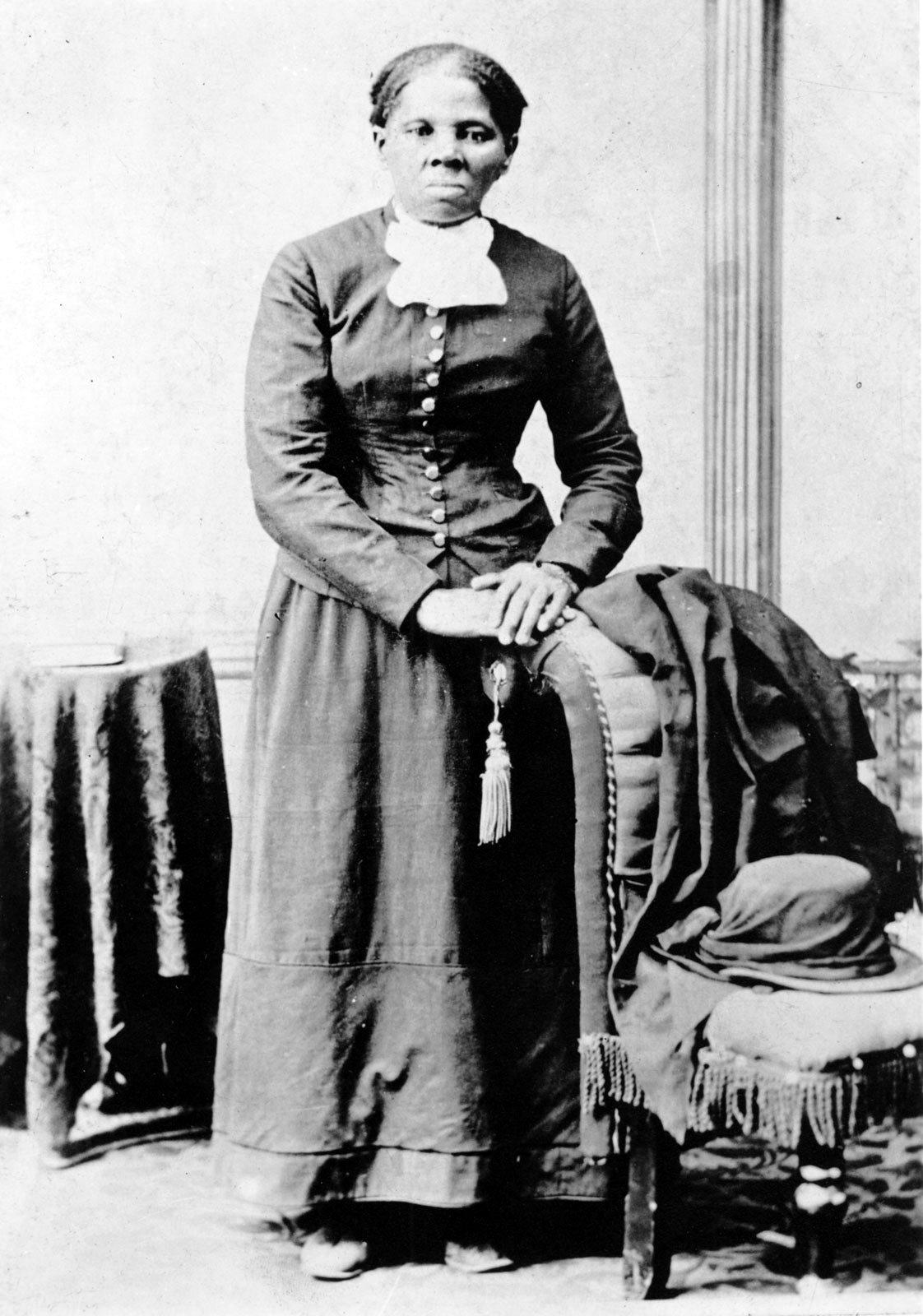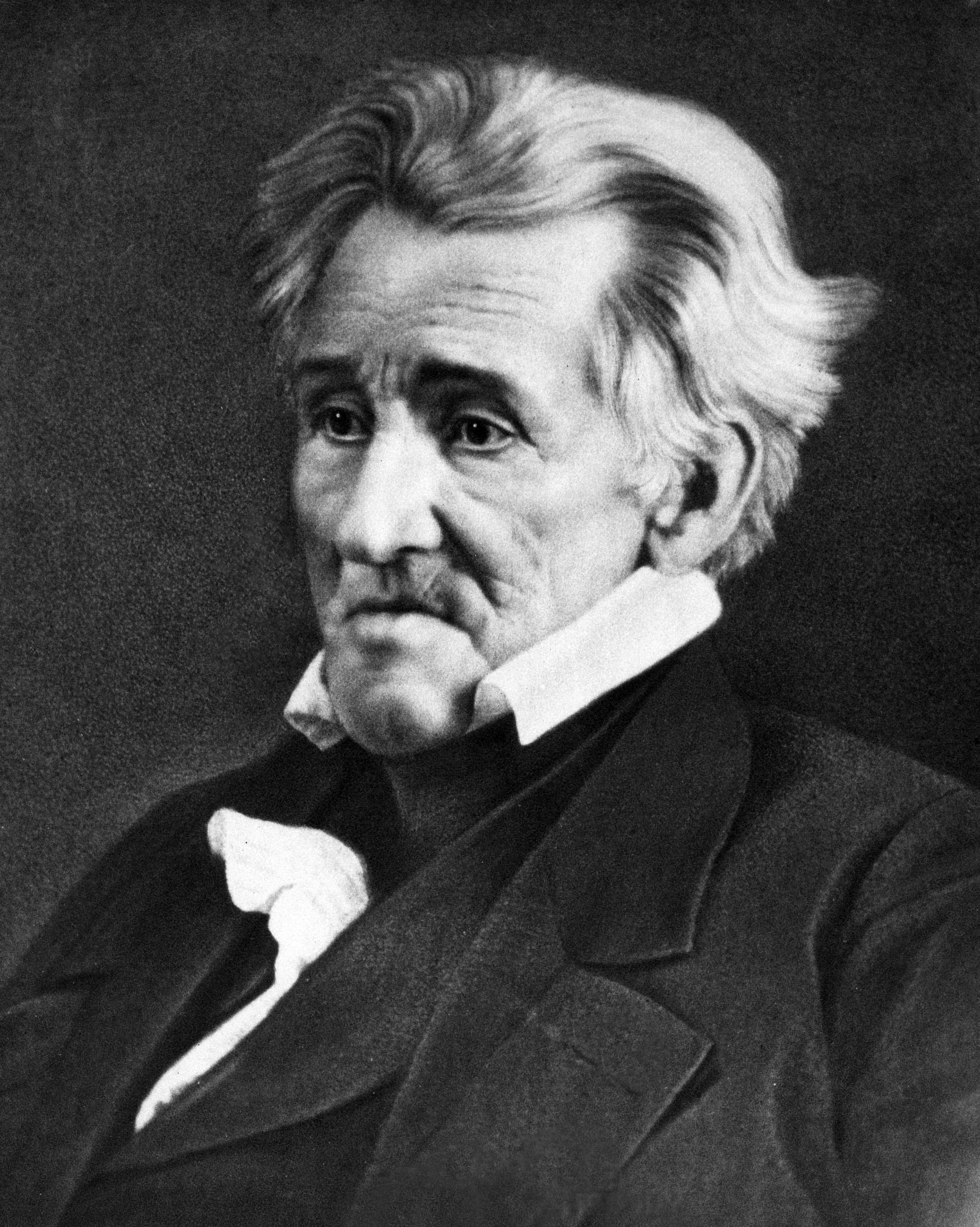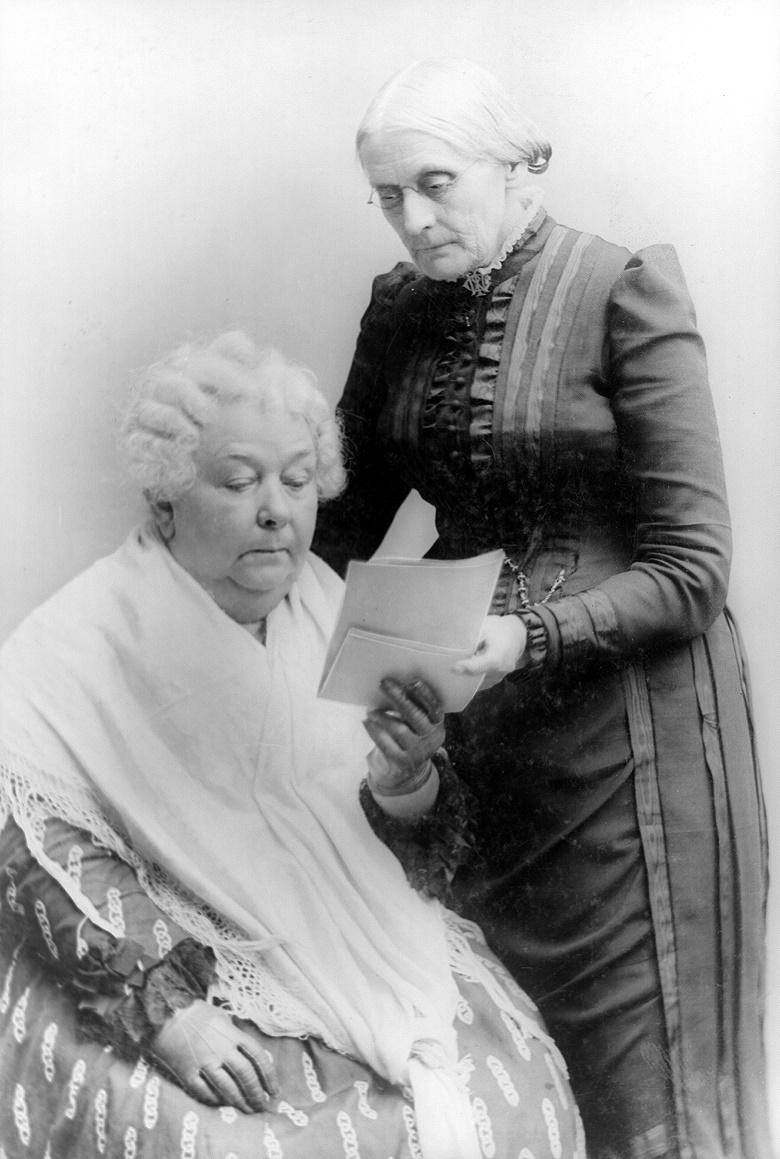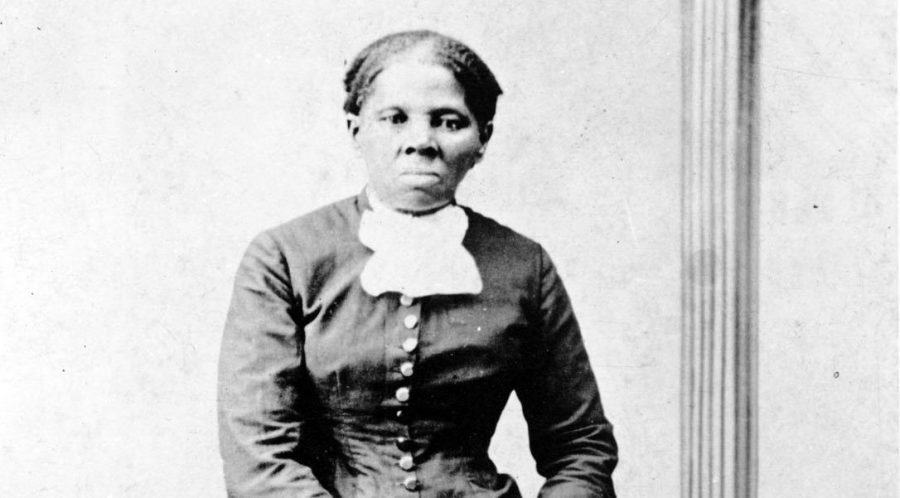Co-written by Miloni Vora.
George Washington, Thomas Jefferson, Abraham Lincoln, Alexander Hamilton, Andrew Jackson, Ulysses S. Grant, Benjamin Franklin.
Scientists, writers, presidents: the current faces of American bills all share two things in common — they’re all white and they’re all men. But that’s about to change.

On Wednesday, April 20, U.S. Secretary of the Treasury Jacob J. Lew made an announcement that would change the money in our wallets for years to come. His proposal deduced a couple of changes to appear on our currency. One of them is replacing Andrew Jackson, the seventh president of the United States— infamous for persecuting Native Americans — on the front of the $20 with humanitarian Harriet Tubman, an American abolitionist and former slave.
Alexander Hamilton, the first Secretary of the Treasury — appointed in 1789 — will remain on the $10, while Abraham Lincoln will also remain on the $5. But changes will still be made to these bills: women suffragists will be on the back of both bills — including Susan B. Anthony, Elizabeth Cady Stanton and Alice Paul on the $10, and Marian Anderson and Eleanor Roosevelt on the $5.

The actual bill designs will be shown in 2020—a hundred years after the passing of the nineteenth amendment, which allowed women’s suffrage—and widespread circulation may not occur until even later on.
For some, Andrew Jackson remaining on U.S. currency and simply being moved to the backside of the $20 bill has deteriorated some of the excitement of Tubman being featured on the front.
However, A.P. U.S. History teacher Margaret Platt sees it differently. She does find it interesting that Andrew Jackson was featured on American currency despite the fact that he was the president who vetoed the re-authorization of the Bank of the United States in 1836, but Platt also recognizes that Jackson was significant to America in that time period.
“I think the reason we recognize him and put him on our money is because he’s a war hero,” Platt said. “But he also was known for removing the Indians, owning his own slaves, so it’s interesting in today’s world. When you go back when those decisions were made, these kinds of things were not recognized. So contextually that’s part of our history, we need to recognize that.”
Platt believes that leaving Jackson on the bill was also a form of appeasement.
“We’re appeasing the progressives by putting Harriet on the front and appeasing those who don’t like change by keeping Andrew at least on the money,” Platt said. “It’s so classically American, just trying to please everybody.”

According to freshman Advika Verma, avid feminist and social justice advocate, the U.S. currency should represent the current state of the country. And the addition of people of color, shows progress in terms of American currency being more inclusive to other races. Although Verma believes this change is important and deserving for African-American communities, she hopes that there will be more inclusion and representation to come for other minority communities in the future.
“It’s amazing for black women,“ Verma said. “But I feel like there’s just so far we [still] have to go in terms of accepting people’s intersectionality because there are so many parts of a person that have to able to be represented.”
These changes may seem small, but to those like Verma, they’ll bring monumental impacts for years. Verma thinks of it as more than just representation, but also empowerment. The fact that $10 and $5 bills will feature influential suffragettes indicates a shift in society for Verma.
The bills don’t just bear people, they bear heroes.
“Women have done so much for society, so taking the time to recognize it is going to make it easier for women to be recognized in the 21st century—which is important because putting a woman on money shows that women are in control,” Verma said. “It’s great for women breaking into the corporate world or trying to break into a leadership position.”








